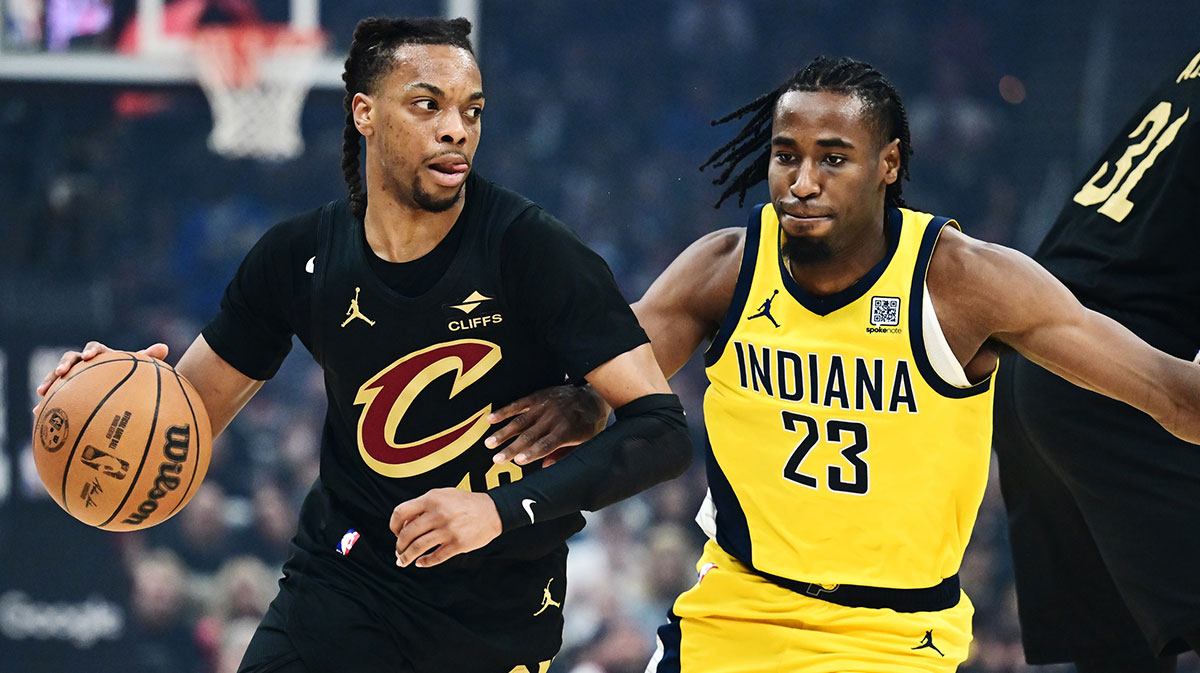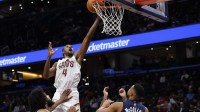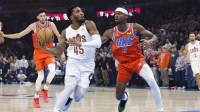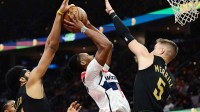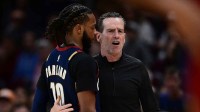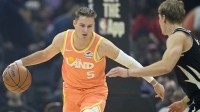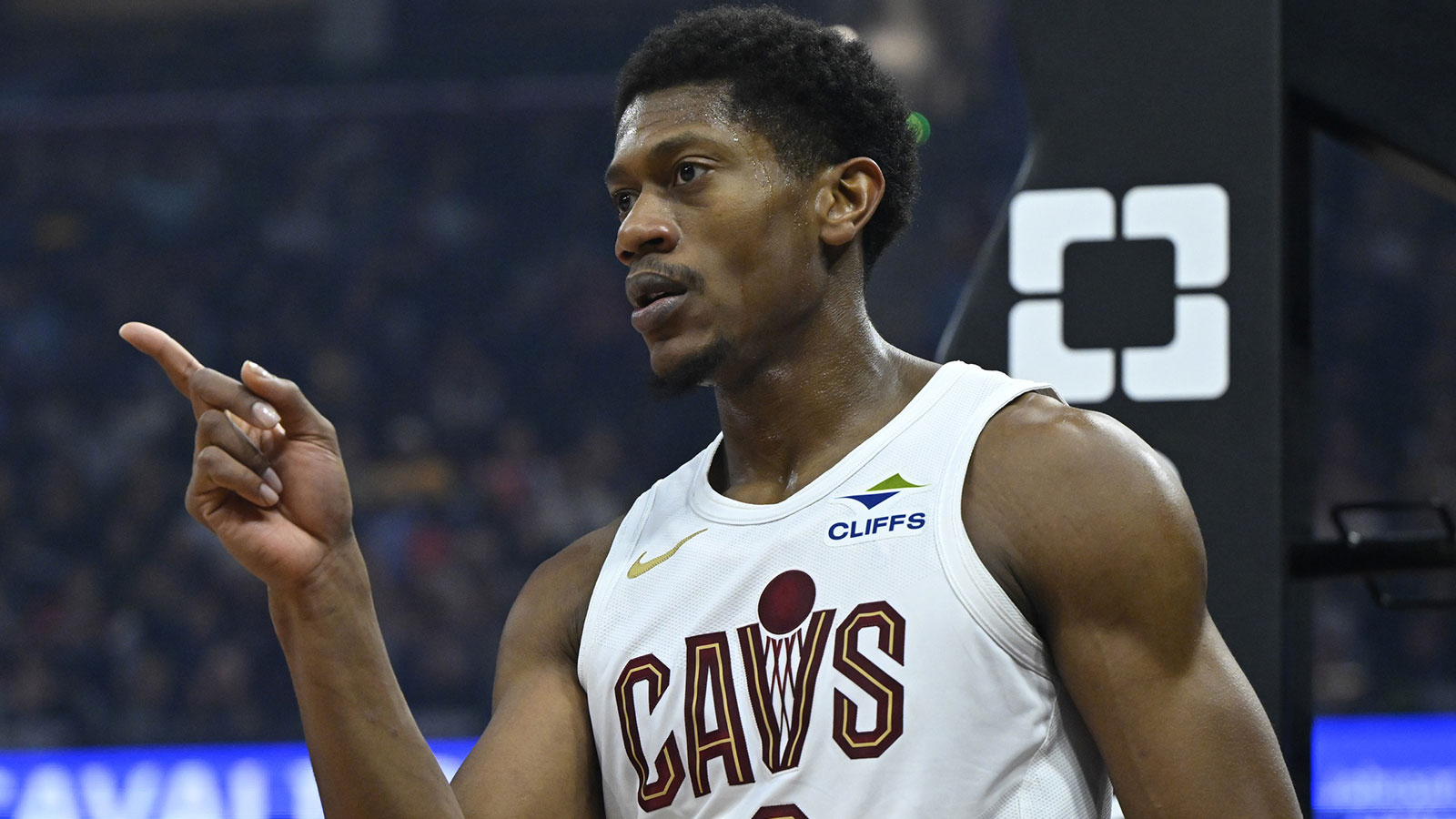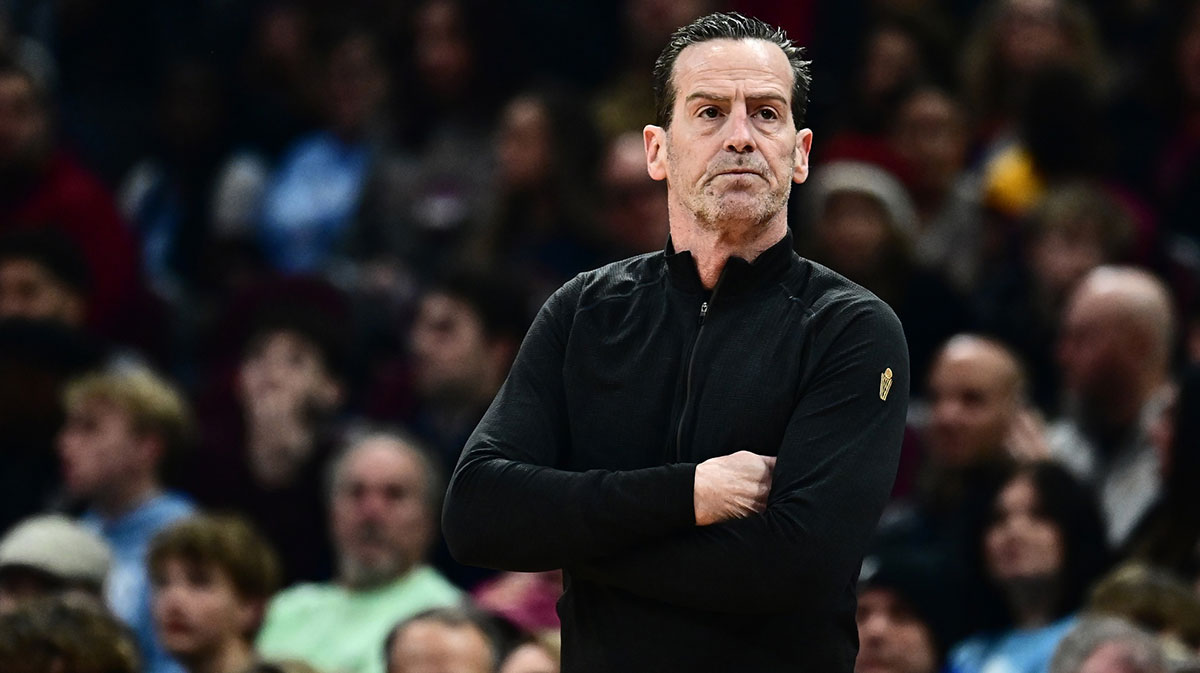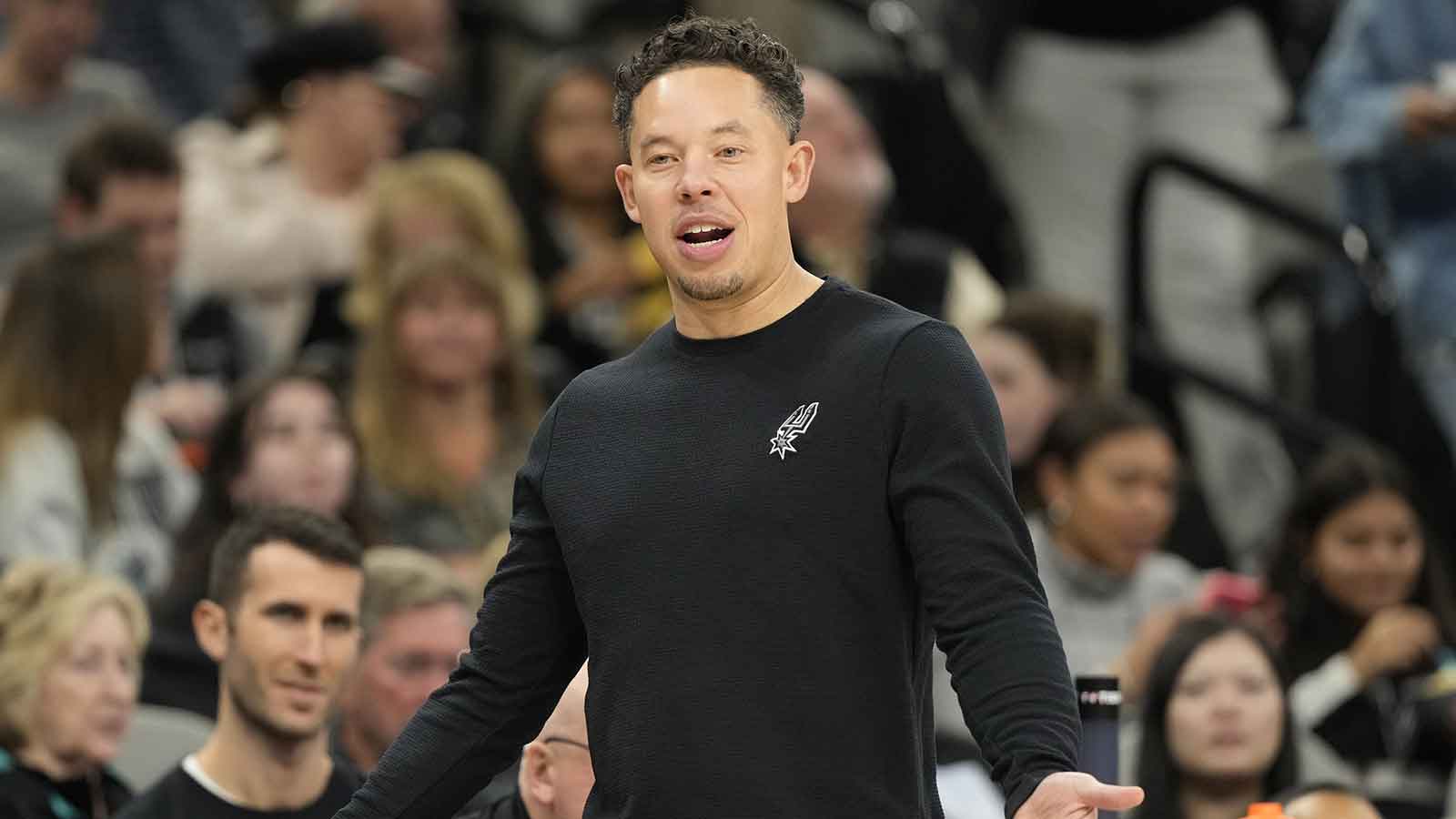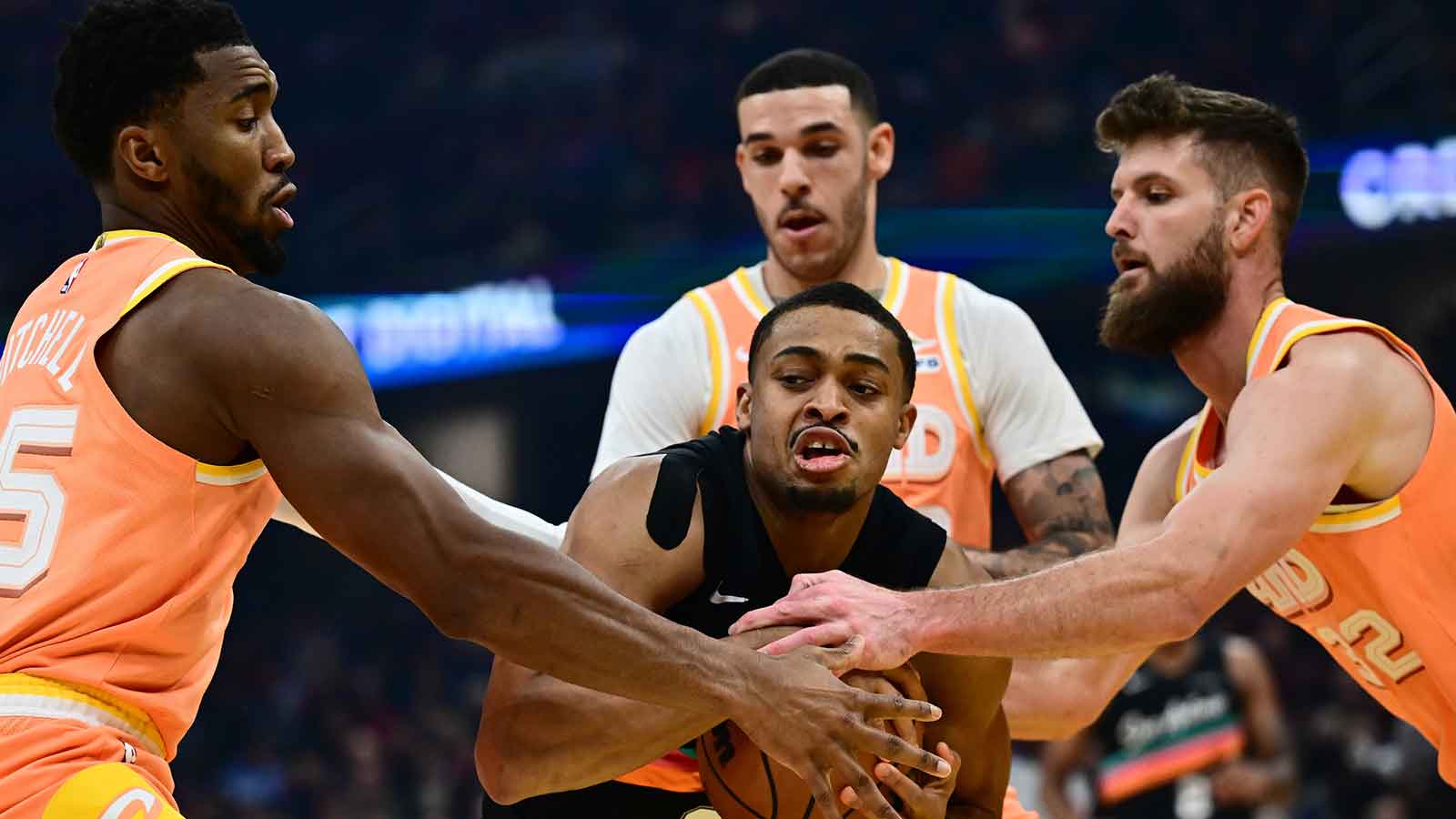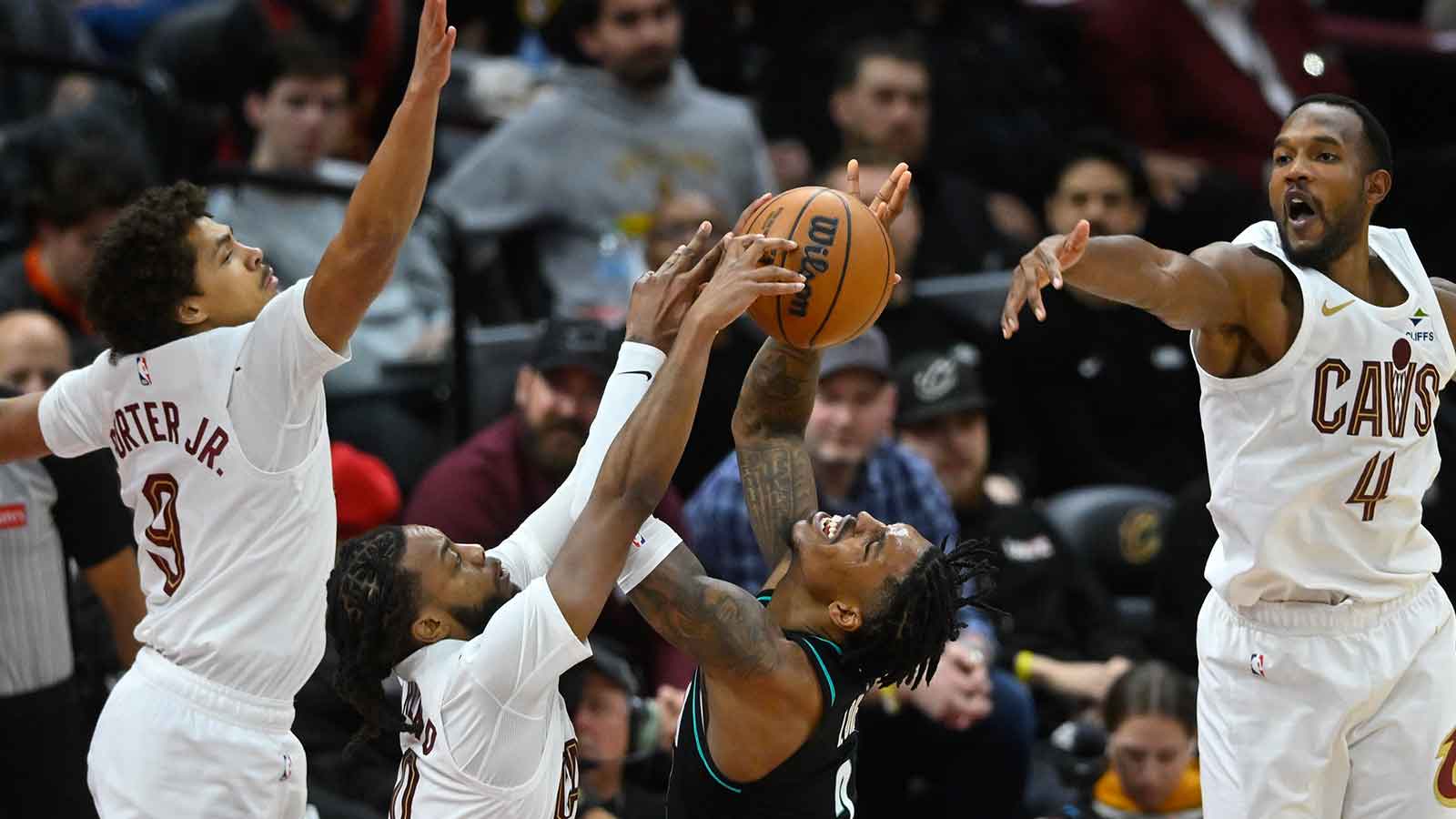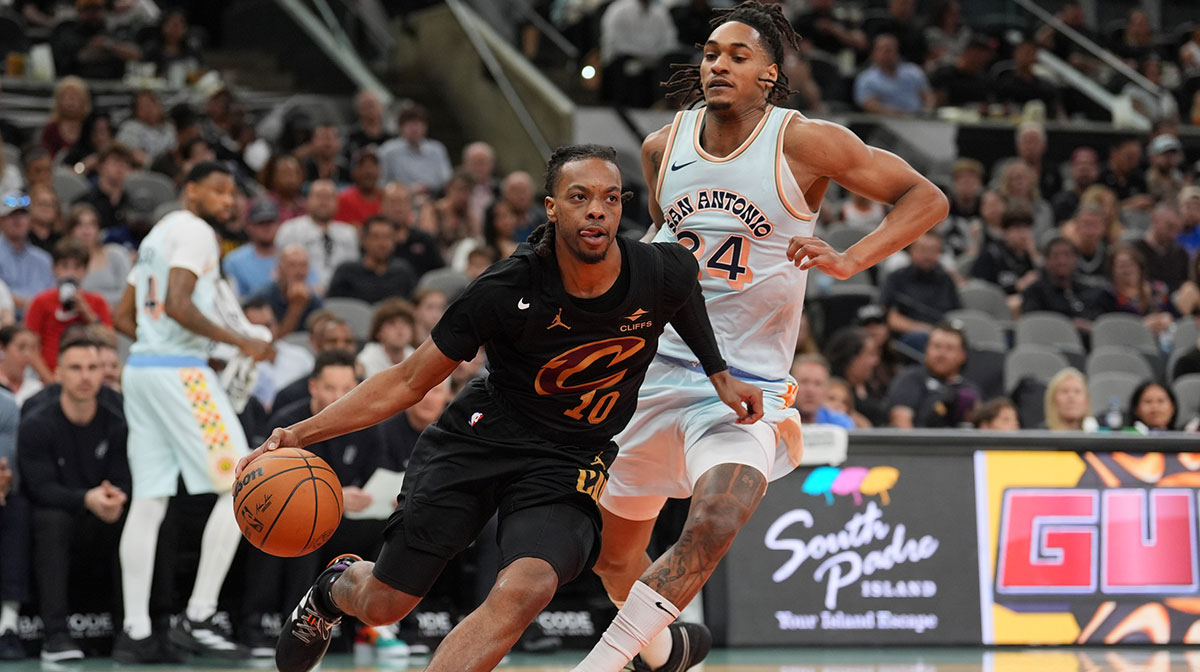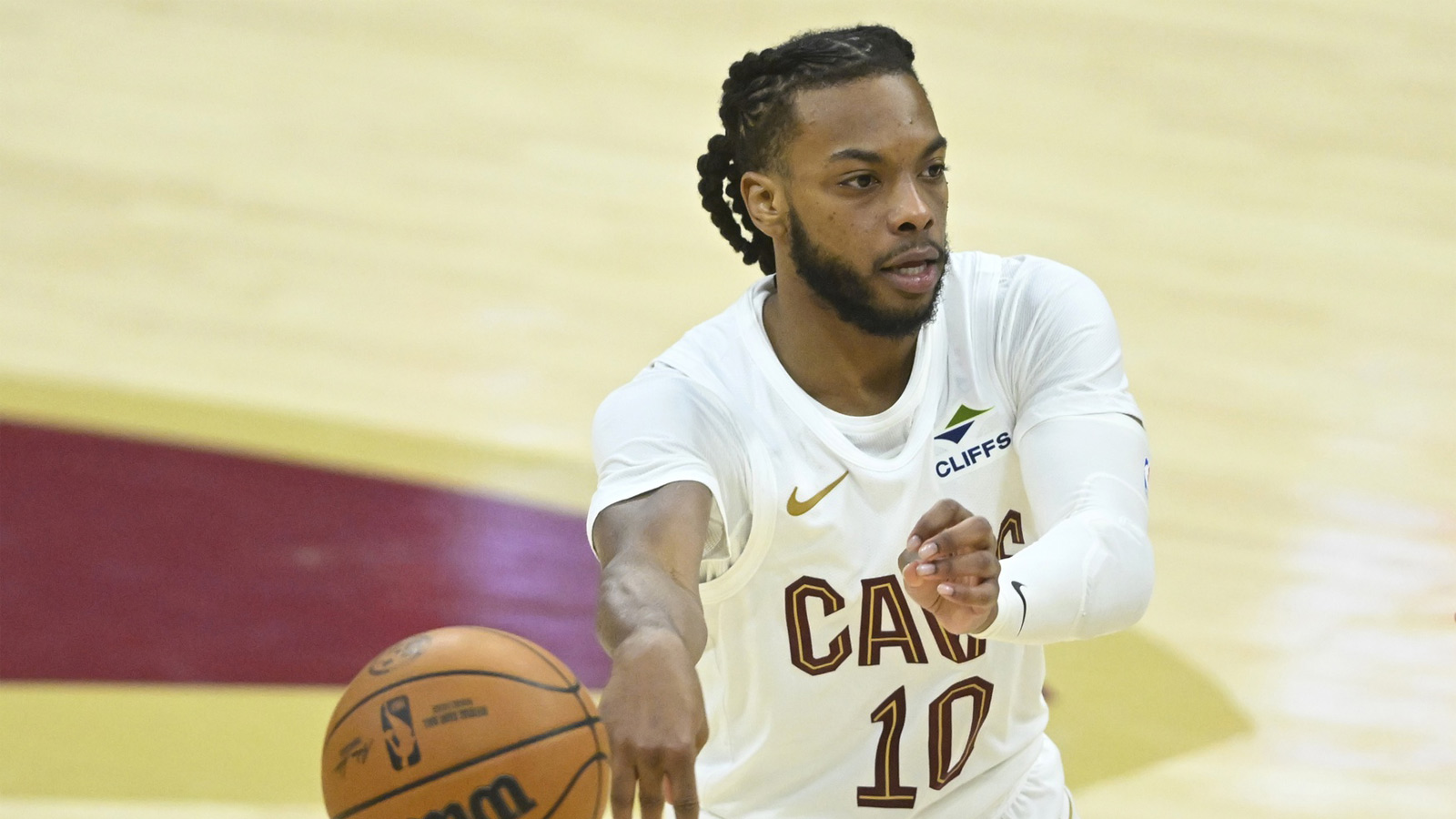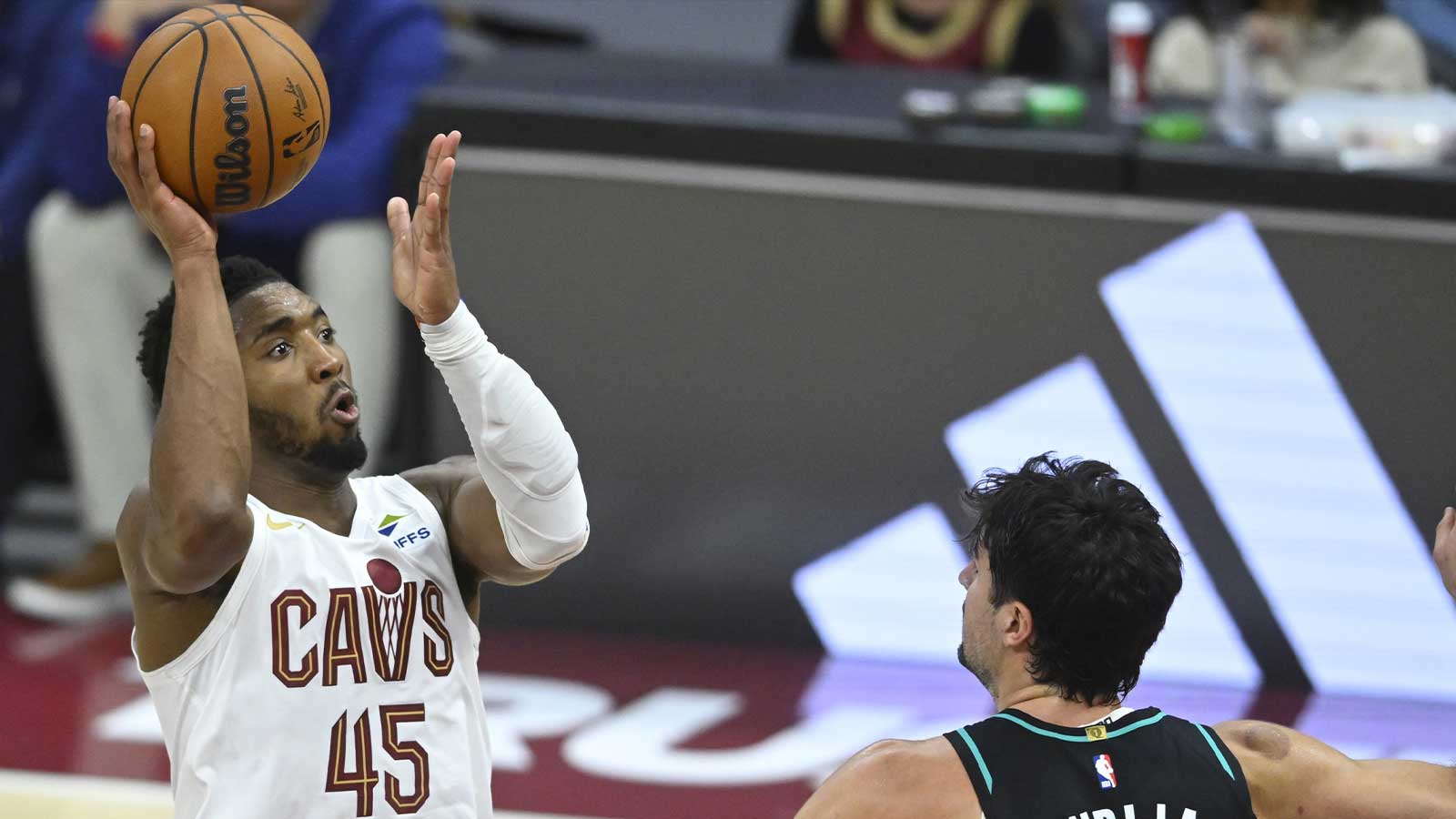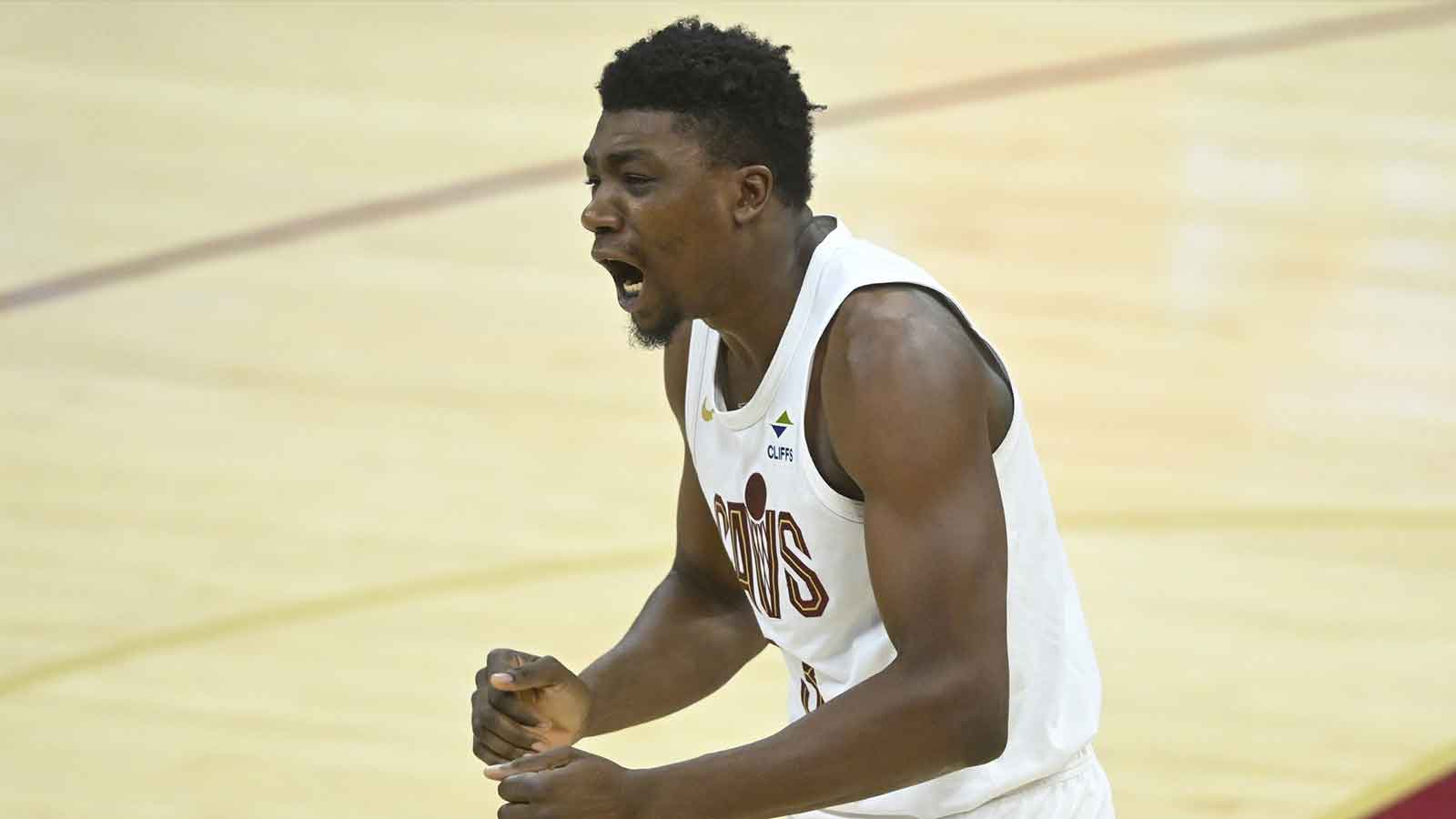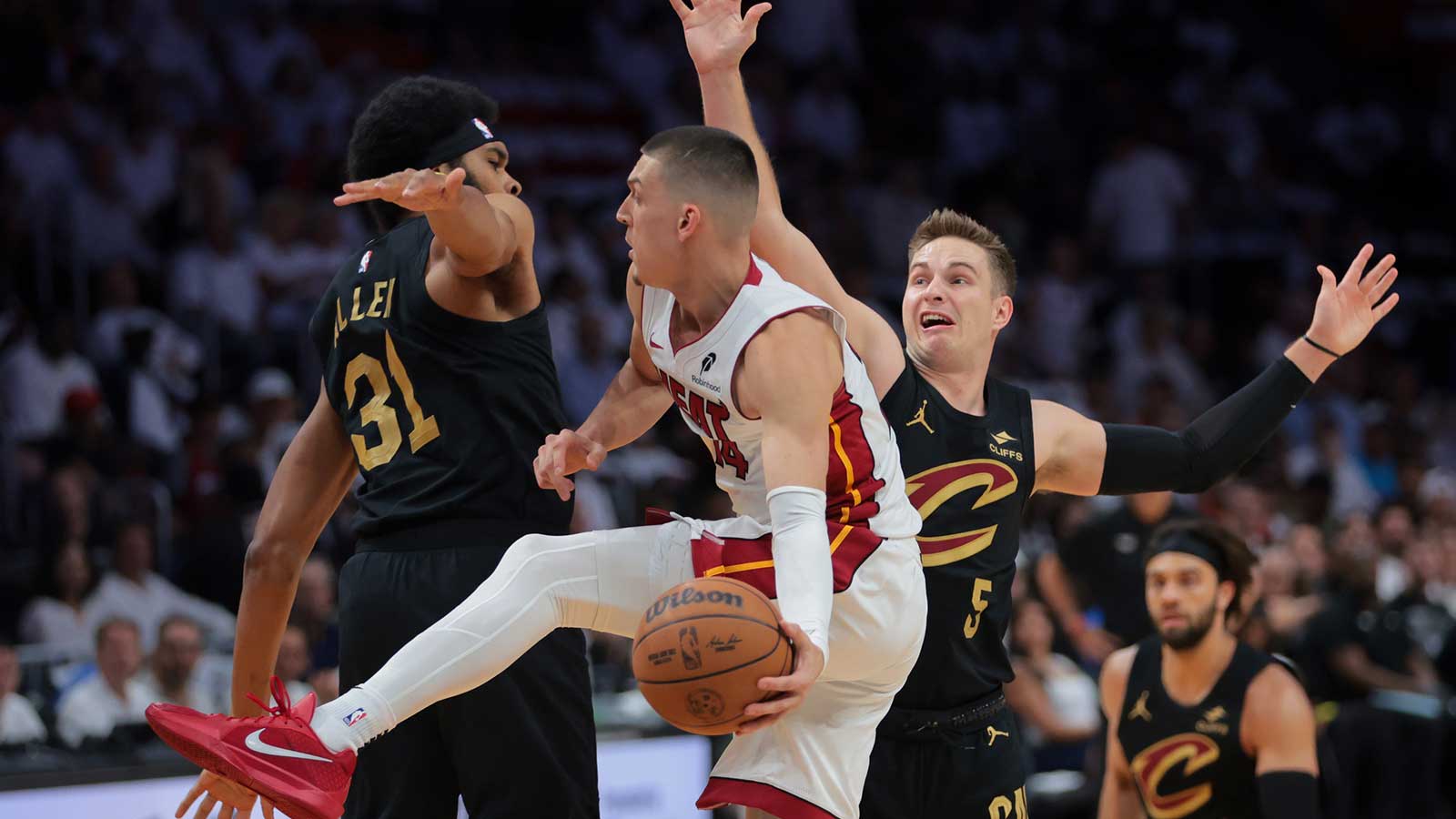The Cleveland Cavaliers' 2024–25 season ended not with a bang, but with the gut-punch of cruel timing. Less than two weeks after steamrolling through the most efficient offensive series in NBA history, Cleveland’s dream of reaching the Finals without LeBron James was extinguished. The Cavs had won 64 games, ranked first in offensive efficiency, and boasted the Defensive Player of the Year in Evan Mobley. With Coach of the Year Kenny Atkinson at the helm, a showdown with the Celtics in the 2025 NBA Playoffs felt inevitable.
Then the wheels fell off.
Injuries decimated Cleveland’s playoff run. Darius Garland was a shell of himself after re-aggravating a toe injury. Mobley and De’Andre Hunter missed a pivotal Game 2. Donovan Mitchell, tasked with carrying the offense, played through a worsening ankle issue. The Pacers pounced, and despite flashes of fight, the Cavs simply couldn’t withstand the avalanche.
And now, Cleveland faces an even more daunting opponent: The new NBA collective bargaining agreement.
Money will be tight for the Cavs this summer
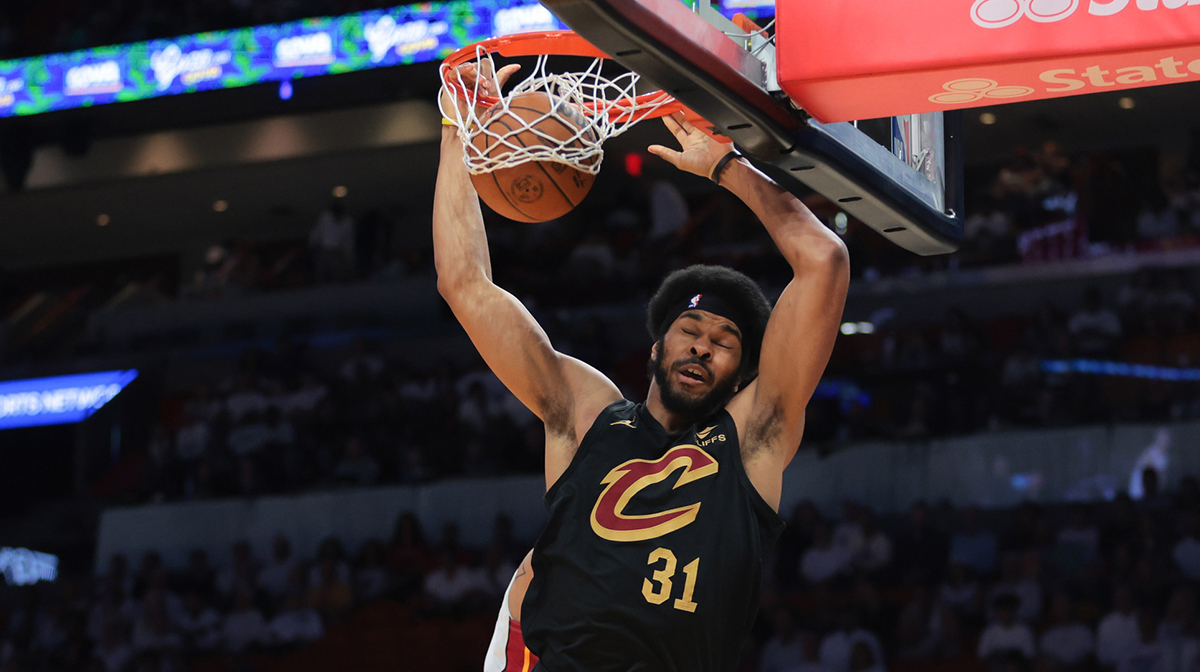
Unlike years past, when teams could bet on continuity after tough playoff losses, the Cavs are financially boxed in. Their four cornerstone players, Mitchell, Garland, Mobley, and Jarrett Allen, are all locked into substantial deals. Add in Hunter, Max Strus, and the impending free agency of valuable contributors like Ty Jerome and Sam Merrill, and Cleveland’s payroll is nearing $218 million, well above the $207.8 million second apron threshold.
That second apron isn’t just a line on a spreadsheet. It’s a concrete wall that prevents the use of common tools for roster improvement: mid-level exceptions, salary aggregation in trades, and even signing high-salary buyout players. Cleveland can’t spend its way out of trouble. It must now decide which parts of its core it values most, and which are too expensive to keep.
Mobley’s max extension, elevated by his DPOY award, kicks in at 30% of the cap. Mitchell’s extension is already on the books. Garland, though productive, has drawn scrutiny after another injury-plagued postseason. The All-Star guard may be the most tradeable asset to reduce costs. Trading Allen, meanwhile, opens up the possibility of playing Mobley at center. That could improve spacing and modernize the offense.
Still, neither option guarantees a talent upgrade. The league has cooled on non-shooting bigs like Allen. While Garland would draw interest, losing his shot creation, especially if Jerome walks, could crater Cleveland’s offense. Mobley would need to make a superstar leap just to keep the team afloat. It's a risky recalibration with little margin for error.
This year should've been Cleveland's
What makes this offseason sting even more is that 2024–25 was supposed to be the year. Mobley was still on his rookie deal. Jerome and Merrill were cheap, effective rotation pieces. The Cavs had rare depth and continuity. That flexibility is now gone. They’re not just over the second apron; they're buried under it, with a projected tax penalty nearing $57 million, the largest in franchise history.
And what do they have to show for it? A second-round exit. An uncertain path forward. And limited tools to fix it.
Cleveland isn’t devoid of options, but none of them are painless. They can try to dump Hunter’s contract, though his inconsistency and injury history make that difficult. They could trade Garland for defensive help and size on the wing, hoping Mobley and Mitchell can carry the offense. Or they could gamble again, keeping the core intact and hoping this season’s unraveling was a fluke, not a harbinger.
That’s the dilemma at the heart of the Cavs’ offseason. Not whether this team can compete at full strength, they proved they could. But whether they can afford to try again. The modern NBA doesn't wait for teams to get healthy. It punishes those who hang on too long. In a league shaped by new financial realities, even a 64-win team can’t escape the consequences.
Sometimes you do everything right, and it still isn't enough. For the Cavs, the cruel truth of this season isn’t just that they lost—it’s that they may not be able to afford to find out how close they were. Sadly, that’s the price of contention in 2025, and it’s one Cleveland may be forced to pay.

